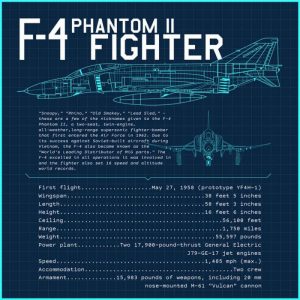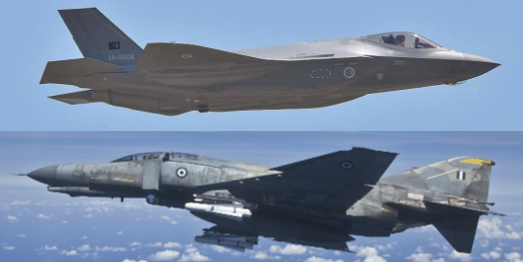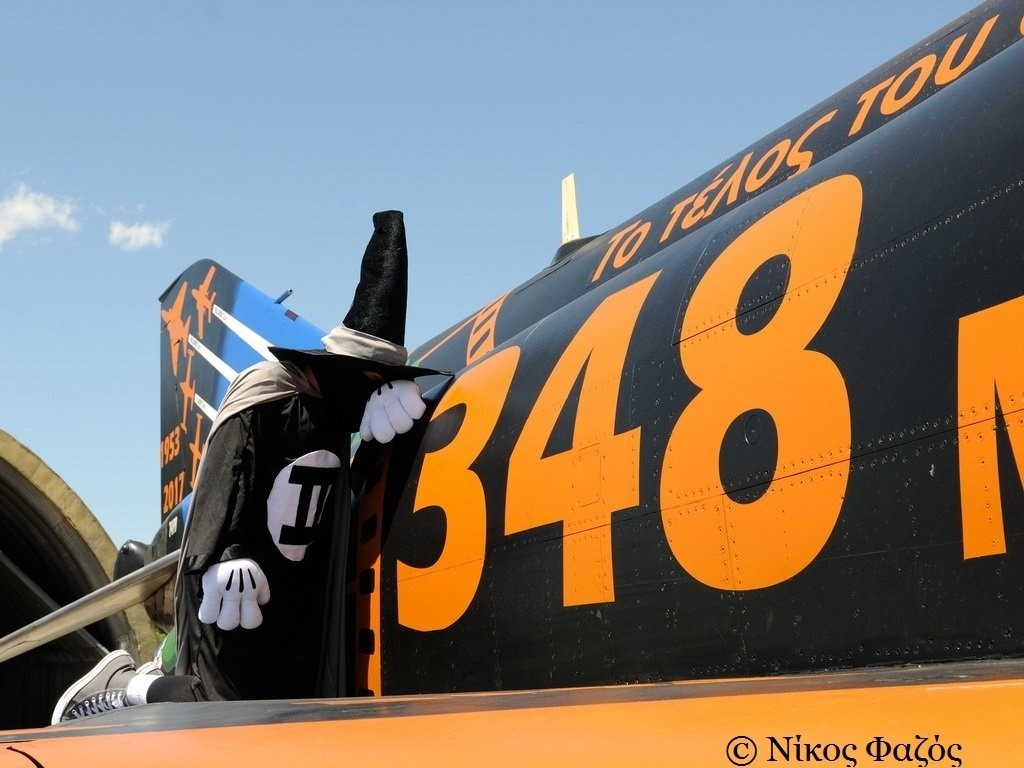The aerial dogfight was not supposed to happen. On May 20, 1967, eight U.S. Air Force F-4C fighters were patrolling over North Vietnam when they spotted as many as 15 enemy MiG-17 fighters a short distance away.
Fog and the MiGs’ low altitude had prevented the F-4s from detecting the North Vietnamese jets from farther away.
Diving to attack, the twin-engine F-4s fired a staggering 24 Sparrow and Sidewinder missiles, shooting down just four of the single-engine MiGs. The North Vietnamese jets reacted quickly, forming into a tight-turning “wagon wheel,” with each pilot watching the tail of the man in front of him.
As the heavy, twin-engine F-4s tried to out-turn the nimble, single-engine MiGs, a North Vietnamese pilot peppered one of the American planes with cannon fire, igniting it and forcing the two crewmen to eject.

“The turning ability of the MiG-17 is fantastic,” one F-4 flier recalled later. “It must be seen to be believed.”
But the Air Force had assumed that wouldn’t be a problem — that its then-brand-new twin-seat F-4s would never even get into a close-range dogfight. Instead, the F-4s — and other Air Force and Navy fighters — would always destroy their enemies from long range, using the Sparrow and other air-to-air missiles.
It was a flawed and dangerous assumption that got scores of American aviators shot down over Vietnam. But 49 years later, the Air Force is assuming the same thing … with regards to its new F-35 stealth fighter.
Read more HERE








































